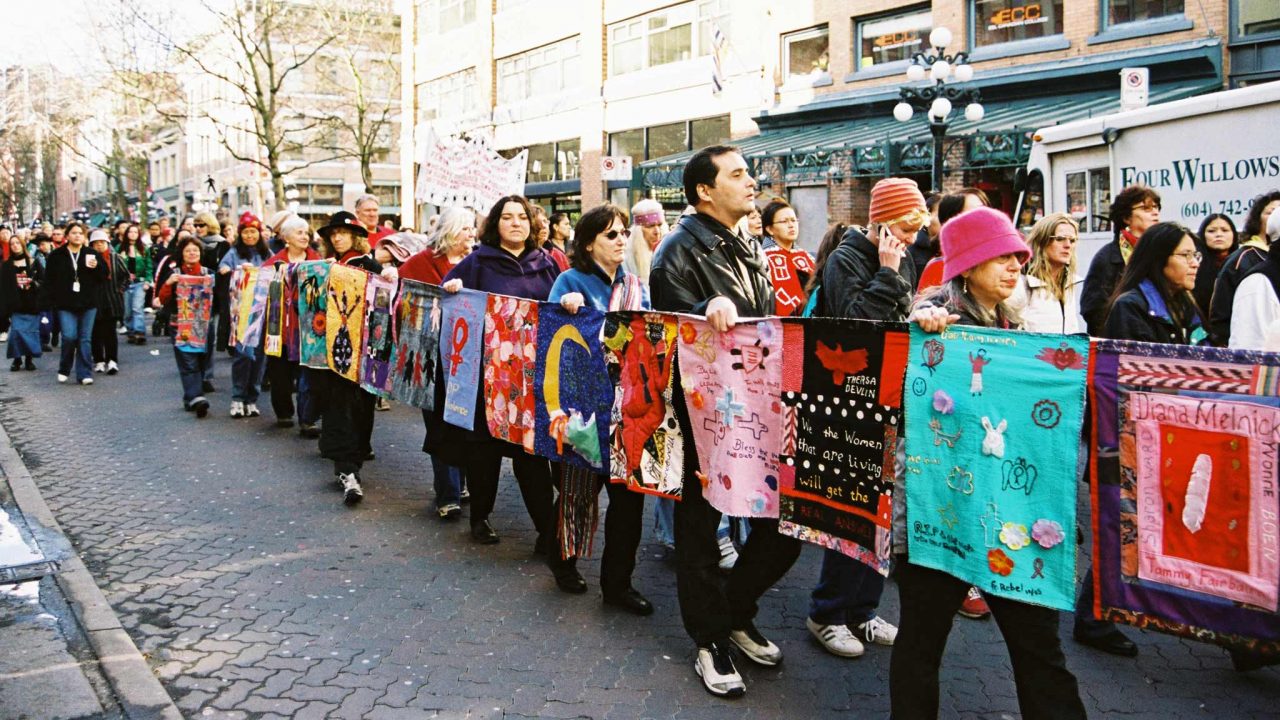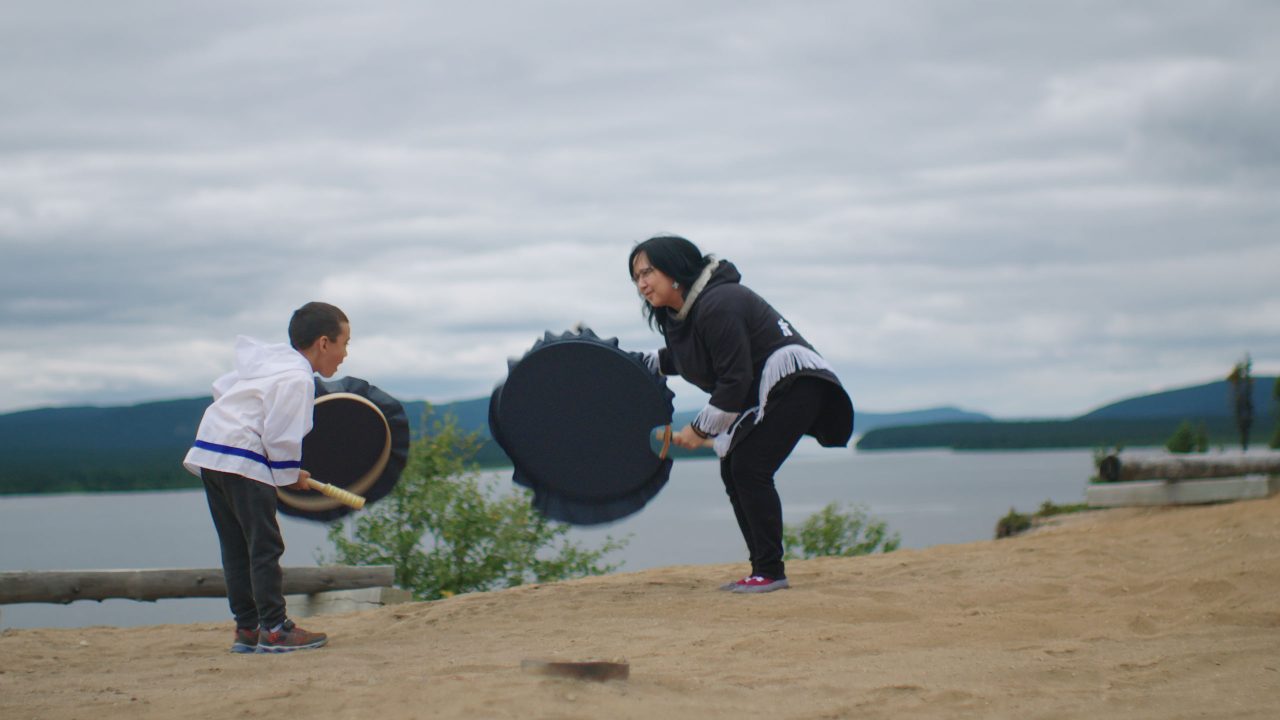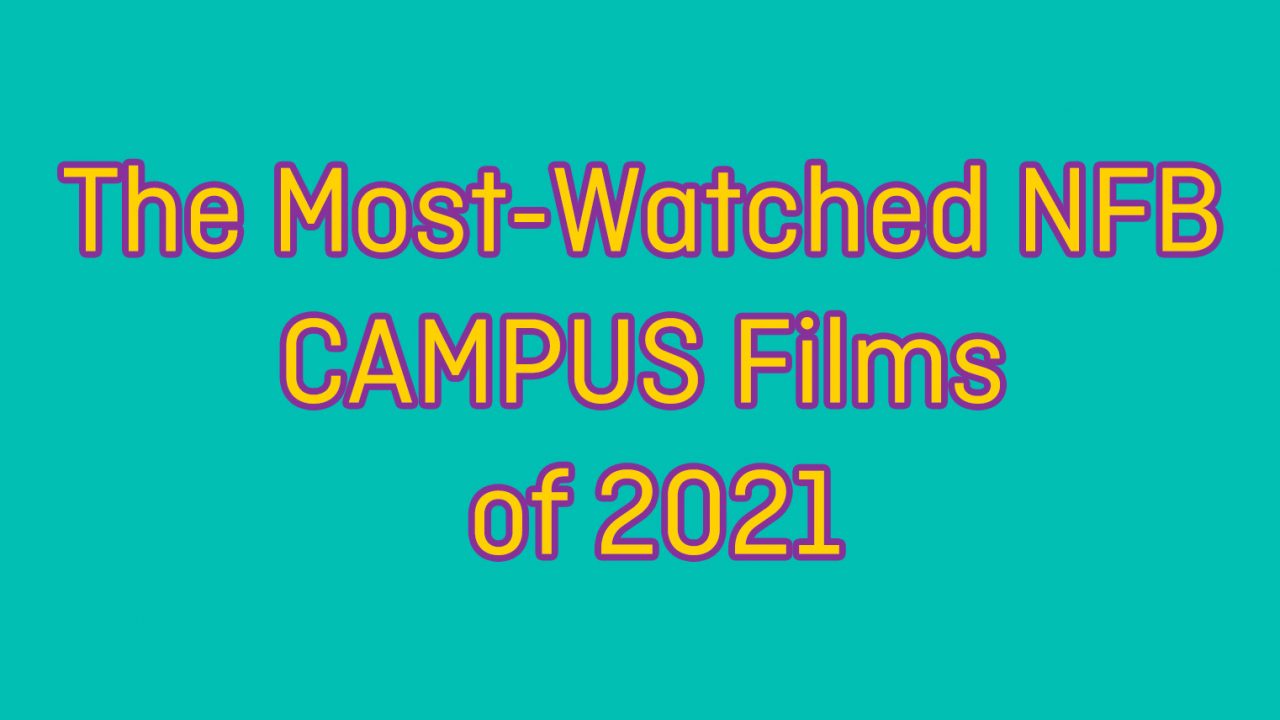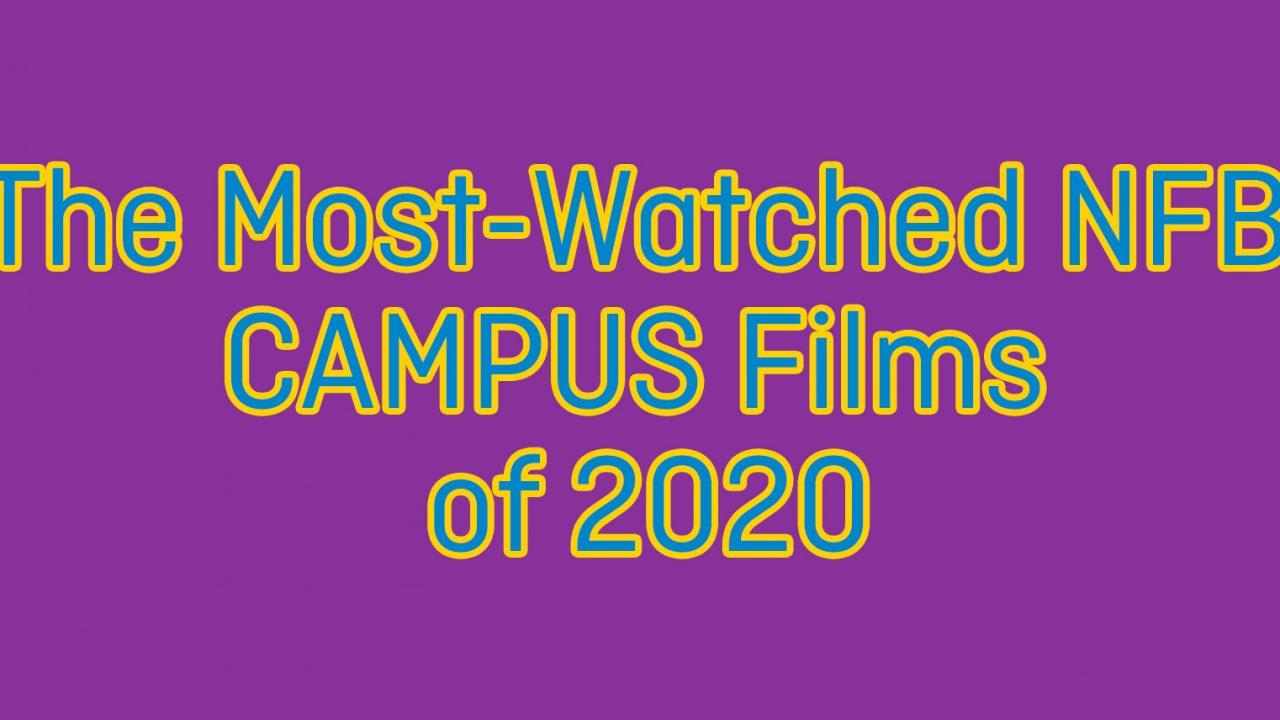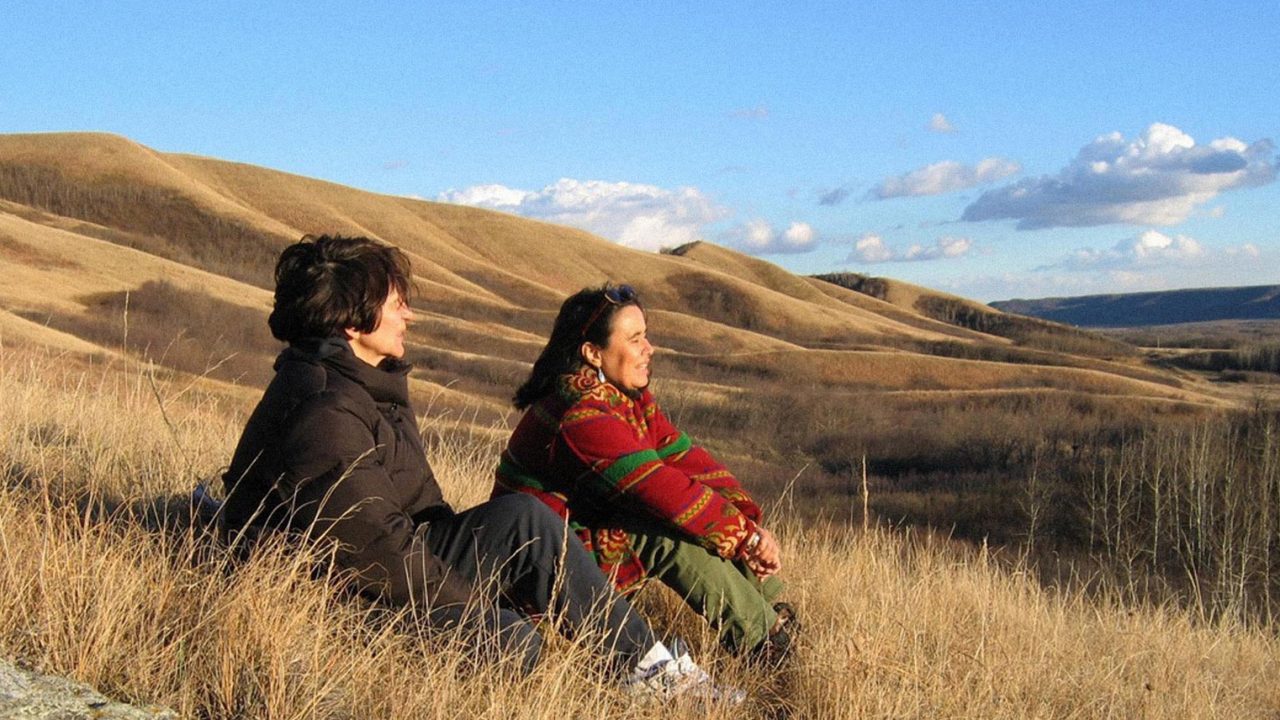
MMIWG: Breaking the Silence, Starting the Conversation in Classrooms
MMIWG: Breaking the Silence, Starting the Conversation in Classrooms
WARNING: This blog post contains the following subject matter – sexual violence against women, violence against women, murder, and residential schools.
If you are affected by the topics addressed in the film, we encourage you to reach out to someone you trust. If you’re in need of crisis support, please visit any of the links below.
1-855-242-3310
The Hope for Wellness Help Line offers immediate help to all Indigenous peoples across Canada.
Kids Help Phone
1-800-668-6868
General distress hotline for children and youth, including those who may be experiencing or using violence.
1-866-863-0511
Toll-free support hotline for women who have experienced gender-based violence.
The Missing
How can we put a face on an Indigenous woman who’s gone missing or been murdered, and how do we restore a sense of her identity? Who is she? Where did she come from? Why was she killed?
Can you imagine what it would be like if your mother or sister went missing and the police waited six months or a year before responding to your missing person’s report? In the meantime, you can’t sleep at night. Every day you’re faced with the realization that your loved one is gone, and you re-experience the trauma. When dealing with the police, you’re subjected to discrimination and racism. You are not believed. Your loved one is automatically labelled as someone who has lived a “high-risk lifestyle,” or it’s suggested that they are just out partying because they’re young. This seemingly gives those who are charged with protecting you and your loved ones permission to dismiss the seriousness and urgency of your situation. Your phone calls to police are either never returned or returned at a snail’s pace. You are re-victimized—treated like your loved one’s life is not important enough to be a priority. You cannot begin the process of grieving the loss of your loved one. Instead, you fight to have your voice heard, as society has already made up its mind about who you are. You are not worthy to be heard. You are not human. Your mother or sister are never found. You can never have closure. You will always have a feeling of hopelessness, and experience a lifetime of unresolved loss and grief. No one in this country seems to care, or they choose to turn away from the truth. Your mother or sister have become just another faceless statistic.
These are the reoccurring stories you hear when an Indigenous woman or girl goes missing. The police are slow to act. The families, who are already mourning the loss of their loved ones, must endure the added trauma of dealing with law enforcement who make it very obvious that Indigenous women are not a priority.
Much of society still believes that these stories are not true, or that they happened a long time ago. Some people simply don’t believe that such atrocities could be happening in their own backyard. It’s as though society has become so callous that even stories of women being violently murdered and fed to pigs on a farm are treated as if they were nothing unusual—that there’s nothing shocking about such violence against women. How do we change how society views and engages with Indigenous people, and women in particular?
It is estimated that there have been more than 4,000 missing or murdered Indigenous women and girls across Canada in the last 30 years. These numbers do not include Métis and Inuit women, or Indigenous women from the United States. The source for these statistics is the recent Final Report of the National Inquiry into Missing and Murdered Indigenous Women and Girls, as well as other reports from the House of Commons and the RCMP.
Two Films for Classroom Viewing
Finding Dawn by Christine Welch
Finding Dawn , Christine Welsh, provided by the National Film Board of Canada
This feature-length documentary addresses the ongoing epidemic of missing and murdered Indigenous women and girls (MMIWG) across Canada. In the film, the family of Dawn Crey reflect on the days, weeks, and months following the discovery of Dawn’s remains on Robert Pickton’s farm, and what her life was like leading up to her death. Dawn’s DNA was one of 23 sets of women’s DNA found on the Pickton farm; however, not enough of it was found to have her listed as one of the victims at Pickton’s trial. Families of MMIWG who disappeared on the Highway of Tears and in Vancouver’s Downtown Eastside also share their stories in the film.
this river by Erika MacPherson and Katherena Vermette
this river, Erika MacPherson & Katherena Vermette, provided by the National Film Board of Canada
Fourteen-year-old Tina Fontaine was pulled from Winnipeg’s Red River in 2014. Indigenous leaders from across Canada rallied to renew calls for an inquiry into the missing and murdered Indigenous women in Canada. As a result of this tragedy, the organization Drag the Red was formed by community volunteers. These men and women scour the river and its shores to search for clues about the missing. As members of this group, Kyle Kematch and organizer Katherena Vermette share their experiences of searching for a missing loved one.
I encourage all educators, administrators, superintendents, janitors, education assistants, and anyone else involved in education and schools to watch these two films. I hope that they will open an avenue of understanding about what Indigenous people face across Canada, and help to educate the youth in our high schools. For it is in the youth that a change of heart can begin.
These films and topics are intended for high school students. We have to keep in mind that there continue to be instances of missing and murdered women and girls. Some students may have faced or may currently be facing this reality in their lives, or may know a relative who has lost a loved one in this way. Therefore educators must ensure that there are several scaffolding and safety measures in place.
Introduce the topic in a Talking Circle, an Indigenous practice through which discussions and decision-making take place. Set the parameters of the Talking Circle by telling students that it is a safe and sacred space for them to share their thoughts and feelings, and to ask questions about missing and murdered women and girls.
It’s important to have a youth counsellor and a local Elder in the circle. Parents or caretakers should be informed ahead of time that these topics will be covered in class and told what they can do to help their child talk through any feelings that may surface during or after the discussion.
As an opening activity, students can imagine that the scenario described in the first two paragraphs of this blog post applies to them, and write out their thoughts and feelings about how they would deal with this situation.
When discussing MMIWG, educators should address the questions below throughout their unit. They will have to go deeper into the causes that have led to these events. In answering these questions, students will gain a better understanding of the history of Indigenous people in Canada and the impact of these historical events on Indigenous women.
Questions to Consider
Is the MMIWG crisis something that has just surfaced in recent years? What do you think are the reasons behind the tragic deaths of Indigenous women?
How would you describe colonialism, the Indian Act, residential schools, and the Sixties Scoop, and how have they shaped the lives of Indigenous women in Canada?
How has the ongoing removal of children from their homes by B.C.’s Ministry of Children and Family Development affected Indigenous women?
What can I do as a learner to change the way that I relate to Indigenous people?
Additional NFB Resources
Why I Am So Passionate about MMIWG
As I watched Finding Dawn, I could see myself in this story. Horrifying memories came flooding back, and feelings of intense fear came over me, followed by sorrow, and then anger. I often wonder: Where was I when the inquiry into missing and murdered Indigenous women and girls was happening? Why did I not have the opportunity to let my voice be heard? I am grateful that I’ve been given this opportunity by the National Film Board of Canada to share my story.
As an Indigenous woman, I’ve lived through everything discussed above. I am a residential school survivor and an MMIWG survivor. I have a daily fight on my hands because I am Indigenous and I am a woman. I continue to live under the oppressive policies of colonialism.
I’m sharing my story because I want readers to know that these horrific stories of missing and murdered Indigenous women and girls are true. I was one of the lucky ones who got away, when I was 23 years old and living in Vancouver. I am here. I am alive to tell my story. It is important that you listen to these stories, as this violence against us has not subsided, and it must stop!
I call upon my allies to open up their hearts and minds and stand beside First Nations people as we continue the fight to have the same human rights as every other citizen in this country. My hope for my Indigenous sisters is that one day we will be able to walk the streets and feel safe, and our people will no longer have to worry about their mothers, sisters, aunties, and cousins going missing. I look forward to the day when we can sit across from our non-Aboriginal brothers and sisters and not have to think about our differences, but instead embrace what we have in common.
Pour lire cet article en français, cliquez ici.
Sonya Rock has been teaching for 24 years. Her interests and past work have involved Aboriginal rights and land titles. She worked and volunteered in various capacities before working with the lawyers transcribing the testimonies of the Gitxsan plaintiffs during the Delgamuukw court case in British Columbia. She has been involved in missing and murdered women’s awareness gatherings and events. Sonya is a residential school survivor and an MMIWG survivor. She is currently completing her master’s degree and is working on a project whose goal is to revitalize her language.
Discover more Educational blog posts | Watch educational films on NFB Education | Subscribe to the NFB Education Newsletter | Follow NFB Education on Facebook | Follow NFB Education on Twitter | Follow NFB Education on Pinterest
